``markdown
SSLC Full Form: Understanding the Significance of the Secondary School Leaving Certificate in India
The term "SSLC" is frequently encountered in the Indian education system, particularly when discussing secondary education and academic achievements. But what does SSLC stand for, and why is it so important? This comprehensive guide will delve into the SSLC full form, its significance in the Indian context, the curriculum, examination process, and its impact on a student's future.
What Does SSLC Stand For?
SSLC stands for Secondary School Leaving Certificate. It is a certificate awarded to students in India who successfully complete their secondary education, typically after Class 10. This certificate signifies that the student has met the required academic standards and is eligible to pursue higher education, such as pre-university courses (Class 11 and 12) or vocational training.
Significance of SSLC in the Indian Education System
The SSLC examination marks a crucial milestone in a student's academic journey in India. Here's why it holds such significance:
- Completion of Secondary Education: The SSLC certificate officially recognizes the completion of secondary education. It validates that the student has acquired a foundational understanding of various subjects, including mathematics, science, social sciences, and languages.
- Eligibility for Higher Education: Passing the SSLC examination is a prerequisite for admission to higher secondary education (Class 11 and 12) or vocational training programs. It opens doors to diverse academic and career pathways.
- Benchmark for Future Opportunities: The SSLC score often serves as a benchmark for future educational and employment opportunities. Many colleges and universities use SSLC scores as part of their admission criteria. Similarly, some entry-level jobs may require a minimum SSLC qualification.
- Foundation for Knowledge and Skills: The SSLC curriculum aims to provide students with a well-rounded education, equipping them with the knowledge and skills necessary to succeed in higher education and the workforce.
- Government Recognition: The SSLC is recognized by the government as a valid educational qualification. This recognition is essential for various purposes, such as applying for government jobs or availing of educational scholarships.
The SSLC Curriculum: A Comprehensive Overview
The SSLC curriculum is designed to provide students with a broad understanding of various subjects. While the specific subjects and syllabus may vary slightly across different states in India, the core subjects typically include:
- Mathematics: Covers topics such as algebra, geometry, trigonometry, and statistics, building a foundation for analytical and problem-solving skills.
- Science: Includes physics, chemistry, and biology, providing an understanding of the natural world and scientific principles.
- Social Sciences: Encompasses history, geography, civics, and economics, fostering an understanding of society, culture, and governance.
- Languages: Typically includes the regional language (e.g., Hindi, Tamil, Bengali), English, and sometimes a third language, enhancing communication skills and cultural awareness.
The curriculum is regularly updated to incorporate new developments in various fields and to align with the changing needs of the education system. The focus is on promoting conceptual understanding, critical thinking, and practical application of knowledge.
The SSLC Examination Process: A Detailed Look
The SSLC examination is usually conducted by the state education board in each state. The examination process generally involves the following steps:
- Registration: Students register for the SSLC examination through their respective schools.
- Preparation: Students prepare for the examination by studying the prescribed syllabus, solving practice papers, and attending revision classes.
- Examination: Students appear for the written examinations in the various subjects. The examination format may include multiple-choice questions, short answer questions, and essay questions.
- Evaluation: The answer scripts are evaluated by qualified teachers and examiners.
- Result Declaration: The results of the SSLC examination are declared online and through schools.
- Certificate Issuance: Students who pass the examination are awarded the SSLC certificate.
The examination is conducted under strict supervision to ensure fairness and transparency. State education boards often implement measures to prevent cheating and malpractice.
Impact of SSLC on a Student's Future
The SSLC examination plays a significant role in shaping a student's future. Here's how:
- Career Choices: The SSLC results can influence a student's choice of subjects in higher secondary education, which in turn can impact their career options. For example, students with strong science and mathematics scores may opt for science stream, leading to careers in engineering, medicine, or research.
- Higher Education Opportunities: Many colleges and universities use SSLC scores as part of their admission criteria. A good SSLC score can increase a student's chances of getting admission to a reputed institution.
- Employability: While a bachelor's degree is increasingly becoming the standard for many jobs, some entry-level positions may still require a minimum SSLC qualification. A strong SSLC score can enhance a student's employability.
- Personal Development: The SSLC curriculum and examination process help students develop essential skills such as time management, problem-solving, and critical thinking, which are valuable in all aspects of life.
SSLC vs. Equivalent Examinations: A Comparison
While SSLC is the most common term used for the secondary school leaving certificate in India, some other boards and educational systems may use different terms. Here's a brief comparison:
- CBSE (Central Board of Secondary Education): The CBSE conducts the Class 10 examination, which is equivalent to the SSLC examination conducted by state boards. The CBSE curriculum is generally considered to be more standardized across the country.
- ICSE (Indian Certificate of Secondary Education): The ICSE conducts the Class 10 examination, which is also equivalent to the SSLC examination. The ICSE curriculum is known for its emphasis on English language and literature.
- NIOS (National Institute of Open Schooling): The NIOS offers secondary education through open and distance learning. The NIOS Class 10 examination is equivalent to the SSLC examination.
While the names and curricula may differ, all these examinations serve the same purpose: to certify the completion of secondary education and to provide a pathway for higher education and career opportunities.
Key Takeaways and Future Trends
The SSLC examination remains a vital component of the Indian education system. As the education landscape evolves, here are some key takeaways and future trends:
- Emphasis on Skill-Based Learning: There is a growing emphasis on incorporating skill-based learning into the SSLC curriculum to prepare students for the demands of the modern workforce.
- Integration of Technology: Technology is playing an increasingly important role in education, with online learning resources, digital textbooks, and virtual classrooms becoming more prevalent.
- Focus on Holistic Development: The focus is shifting towards holistic development, which includes not only academic excellence but also extracurricular activities, sports, and community service.
- Continuous Assessment: There is a move towards continuous assessment, which involves evaluating students throughout the academic year rather than relying solely on the final examination.
Frequently Asked Questions (FAQs) about SSLC
Here are some frequently asked questions about the SSLC examination:
Q: What is the passing mark for the SSLC examination?
A: The passing mark for the SSLC examination typically varies by state, but it is generally around 35% in each subject.
Q: Can I reappear for the SSLC examination if I fail?
A: Yes, students who fail the SSLC examination are usually given the opportunity to reappear in a supplementary examination.
Q: How can I get a duplicate SSLC certificate if I lose the original?
A: You can apply for a duplicate SSLC certificate from the state education board that conducted the examination. You will need to provide proof of identity and pay a fee.
Q: Is the SSLC certificate valid for life?
A: Yes, the SSLC certificate is generally valid for life.
Q: How can I improve my SSLC score?
A: To improve your SSLC score, focus on understanding the concepts, practice regularly, solve previous year's question papers, and seek help from teachers and tutors when needed.
Conclusion: The Enduring Importance of the SSLC
In conclusion, the SSLC (Secondary School Leaving Certificate) remains a cornerstone of the Indian education system. It signifies the completion of secondary education, opens doors to higher education and career opportunities, and provides a foundation for personal and professional growth. Understanding the SSLC full form and its significance is crucial for students, parents, and educators alike. As the education system continues to evolve, the SSLC will likely adapt to meet the changing needs of society, but its fundamental importance will endure.
Related Pages
- GDS Result 2025: Your Name on the List? Check NOW! [Direct Link]
- Pravin Tambe: The Unbelievable Story That Will Inspire You!
- Sakuma Share Price Today: 3 Things You MUST Know!
- Option 1: Title: Agri Stack India: Unlock Your Farm's Potential + FREE Guide! 🇮🇳 Meta Description: Discover Agri Stack India and how it's revolutionizing farming. Get a FREE guide to maximize your yields and profits! Learn about data-driven agriculture.
- Option: 170cm to Feet: The SHOCKINGLY Simple Conversion! (India)
Slots and Games
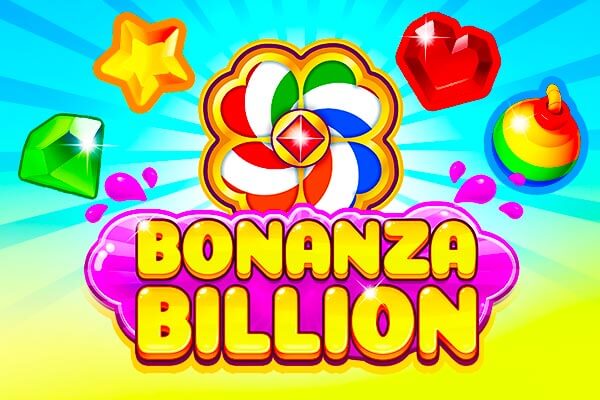
{{Games-kaz}}
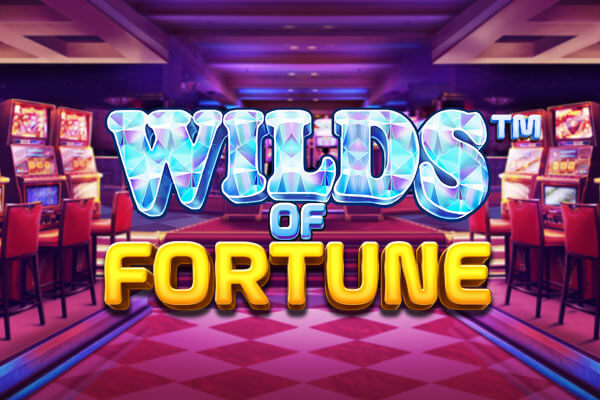
Wilds of Fortune

Aztec Sun Hold and Win
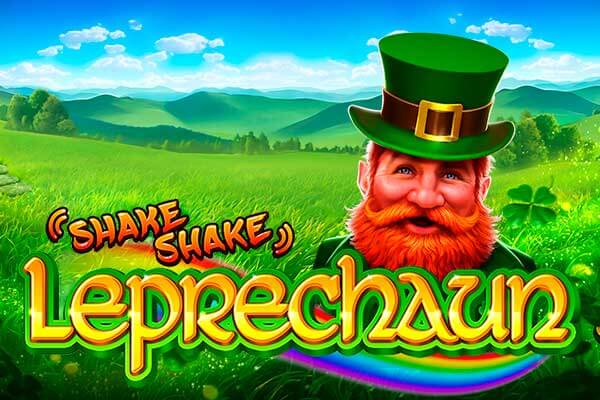
Shake shake Leprechaun
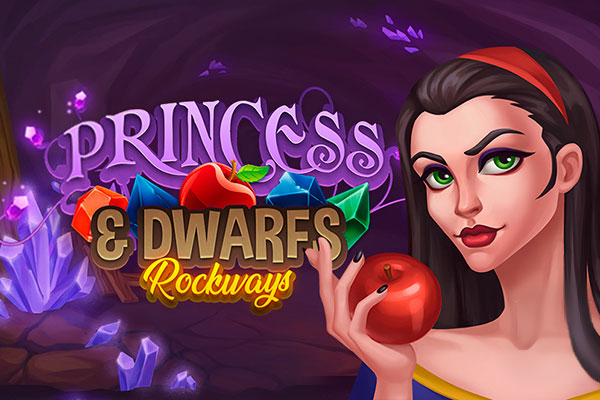
The Princess & Dwarfs
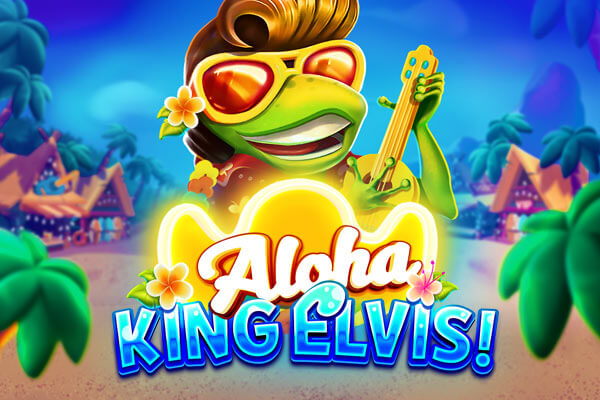
Aloha King Elvis
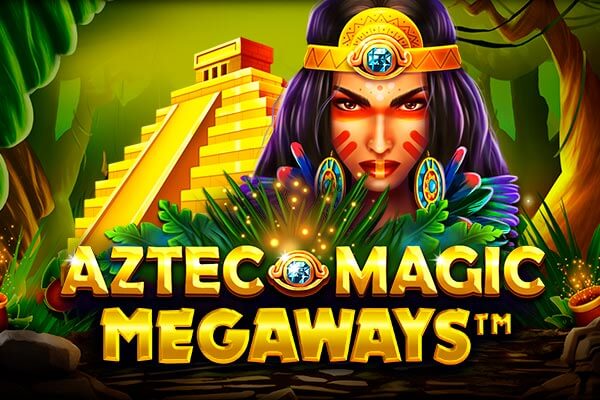
Aztec Magic Megaways

Miss Cherry Fruits

Shake Shake Money Tree
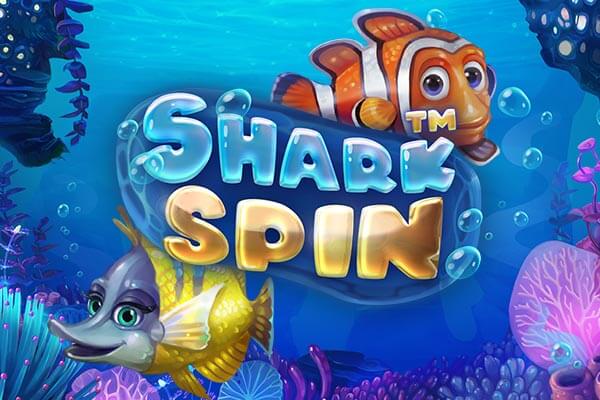
Shark Spin